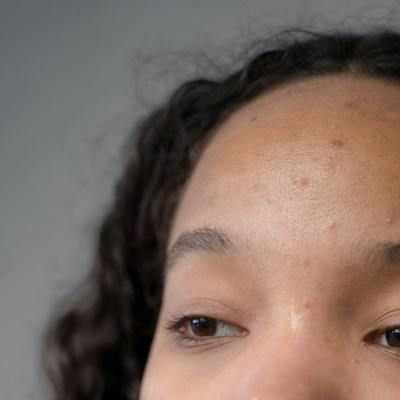Article
Researchers Examine the Role of Biofilms in Atopic Dermatitis and Psoriasis
Author(s):
“While the concept of biofilms in atopic dermatitis is relatively new, antimicrobial and biofilm dispersing agents have been included in the treatment regimen for atopic dermatitis for decades," according to the study authors.
of whether or not biofilms play a role in the chronic conditions psoriasis, atopic dermatitis (AD) and tinea versicolor and found that many more studies are necessary to understand the role of biofilms in the pathogenesis of these and other conditions.
“Biofilms are groups of microorganisms attached to biologic or non-biologic surfaces in a matrix of extracellular polysaccharides, amyloid, DNA, and adhesive fibers,” explain the authors, adding that the formation of biofilms is driven by environmental clues. They say “The biofilm protects microbes from the immune system and antimicrobial therapy, thus acting as a refuge for individual cells and providing a source of persistent infection.” The present review examines any existing evidence that biofilms play a part in psoriasis, AD, or tinea versicolor.
“The etiology of atopic dermatitis is thought to be a double-hit phenomenon in which filaggrin gene mutations disrupt barrier function and predispose affected individuals to an unknown environmental insult,” say the reviewers. Some evidence suggests that staphylococcal biofilms could be the so-called second hit. Testing has shown that most AD patients have staphylococcal biofilm.
The researchers say, “While the concept of biofilms in atopic dermatitis is relatively new, antimicrobial and biofilm dispersing agents have been included in the treatment regimen for atopic dermatitis for decades.” They suggest that “future studies will be necessary to investigate whether antimicrobials and biofilm dispersers should play a bigger role in the treatment of this common skin disorder.”
Studies investigating the possibility of a link between psoriasis and a streptococcal biofilm “seem promising,” say the researchers, adding “however, larger, randomized control trials should further examine the application of anti-streptococcal agents in the treatment of psoriasis.
Lyme disease is perhaps the least well-understood of the three conditions, but the reviewers say that some evidences suggests that Borrelia burgdorferi biofilms are implicated. Researchers understand a bit more about tinea versicolor, and there is some evidence indicating that biofilms function similarly in tinea versicolor as in atopic dermatitis.
The researchers conclude by saying, “Despite the evidence reviewed here, there is much work to be done in the field of biofilm-mediated diseases to validate their role and investigate biofilm-targeted therapies.” They add, “Large studies with vigorous study designs should be employed to reveal the possible key role that biofilms play in the pathogenesis of cutaneous and other diseases.”
Related Coverage:
Anti-Biofilms Show Promise Against Common Drug-Resistant Bacteria
The Role of the Skin Microbiome in Health and Disease






